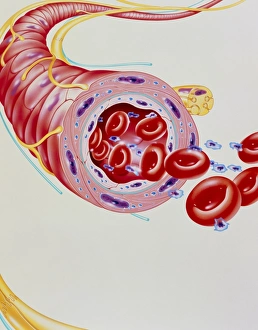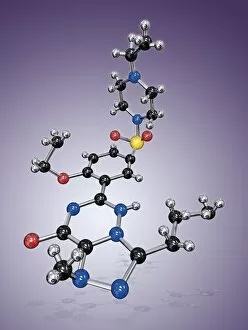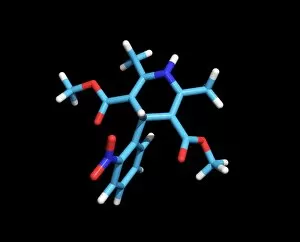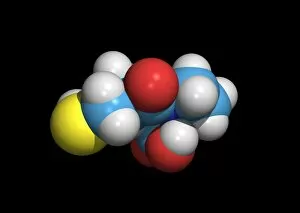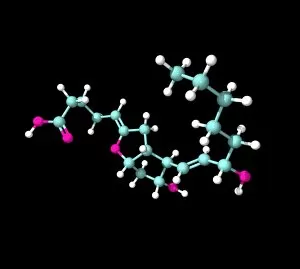Vasodilator Collection
"Unlocking the Pathways: Exploring Vasodilators and their Impact on Arterioles" This captivating artwork showcases the intricate mechanism of arteriole dilation
All Professionally Made to Order for Quick Shipping
"Unlocking the Pathways: Exploring Vasodilators and their Impact on Arterioles" This captivating artwork showcases the intricate mechanism of arteriole dilation, brought about by alpha-blocker drugs. As we delve deeper into this fascinating world, let's explore some well-known vasodilator medications. First up is Cialis, represented by its distinctive drug molecule. Known for its ability to relax blood vessels and improve blood flow, Cialis has revolutionized the treatment of erectile dysfunction. Joining the ranks is Levitra, another potent vasodilator that works wonders in enhancing sexual performance. But it doesn't stop there. Viagra takes center stage with its iconic blue pill symbolizing hope for millions worldwide. Its drug molecule acts as a powerful vasodilator, aiding men in achieving and maintaining erections. Beyond these remarkable pharmaceuticals lies prostacyclin – a natural compound that widens blood vessels and prevents clot formation. With two molecules showcased here, prostacyclin highlights its crucial role in managing conditions like pulmonary arterial hypertension. Adding to our exploration is prostaglandin F2a – an essential mediator involved in various physiological processes including vasodilation. This remarkable molecule contributes to regulating blood pressure levels while ensuring optimal circulation throughout our bodies. As we marvel at these molecular structures and artistic representations of arteriole dilation induced by vasodilators, we gain a deeper appreciation for the scientific advancements that have transformed countless lives. The power of these compounds lies not only in their ability to enhance intimate moments but also in their potential applications within cardiovascular health. Through continued research and innovation, scientists strive to unlock further insights into how they can combat various medical conditions related to restricted blood flow. These captivating visuals serve as reminders of both the artistry found within science and the immense impact such discoveries can have on human wellbeing. So let us celebrate these incredible molecules that open doors where pathways were once closed.

